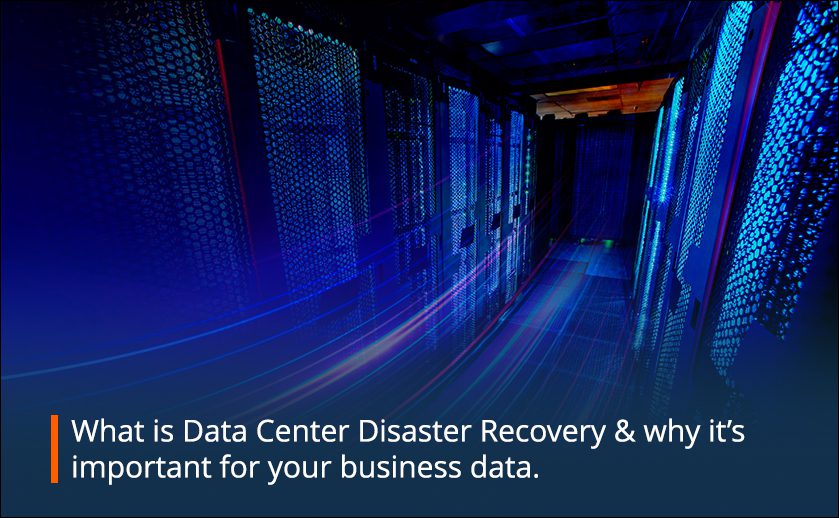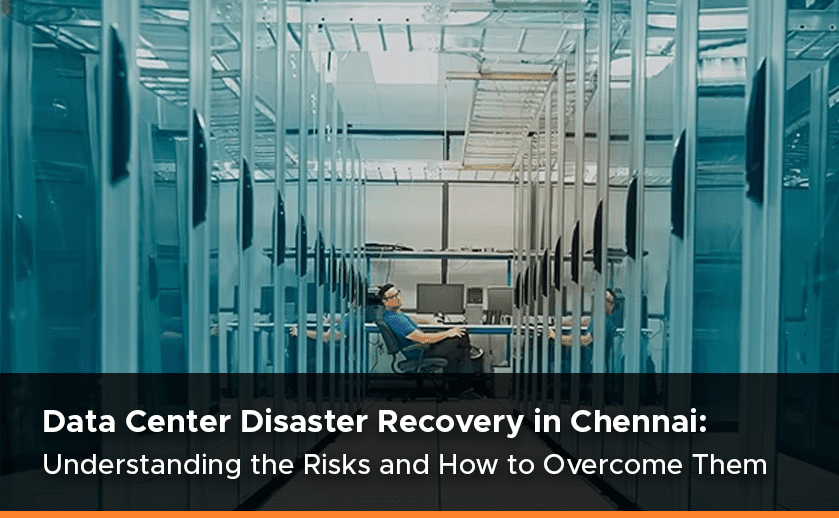Data center disaster recovery (DCDR) is a critical component of modern IT infrastructure planning, particularly in Chennai, where natural calamities such as floods, cyclones, and earthquakes are prevalent. According to a recent report by the Indian government, Tamil Nadu is among the top ten states in the country that are vulnerable to natural disasters. The consequences of a data center outage can be severe, leading to significant financial losses, reputational damage, and even legal liabilities. Therefore, it’s essential for organizations to have a comprehensive DCDR plan that can mitigate the impact of disasters and ensure business continuity.
Industry statistics indicate that businesses that have a well-defined DCDR plan can recover from disasters up to four times faster than those without one. According to a recent study by the average cost of data center downtime in India is around $899 per minute, making it imperative for organizations to invest in DCDR. Moreover, regulations such as the Personal Data Protection Bill 2019 mandate that organizations must take adequate measures to safeguard personal data against any loss or damage caused by natural disasters. Failure to comply with these regulations can result in hefty fines and reputational damage. When it comes to data center disaster recovery in Chennai, there are several factors that organizations need to consider. One of the critical factors is choosing the right location for their data center. Chennai is a coastal city, and as such, it is prone to cyclones and floods. Therefore, selecting a location that is less likely to be affected by these disasters can minimize the risk of data loss.
Key tips to develop an effective DCDR strategy
Conduct a Risk Assessment:
A risk assessment is the first step in identifying potential threats and vulnerabilities to your data center. It helps you to understand your risks, develop a DCDR plan that’s tailored to your specific needs, and minimize the impact of disasters.
Develop a Multi-tiered Recovery Plan
A multi-tiered recovery plan includes redundancy measures, backup solutions, and failover mechanisms that ensure business continuity in case of disasters. A hybrid cloud solution that integrates on-premise and cloud-based infrastructure can provide an optimal balance of cost-effectiveness, scalability, and reliability.
Test and Refine Your Plan Regularly
Regular testing and refining of your DCDR plan are essential to ensure that it remains up-to-date and effective. Conducting mock drills, testing backup and recovery systems, and identifying potential gaps in your plan can help you prepare for worst-case scenarios.
Another crucial factor to consider is the type of backup solution that your organization will use. There are several options available, such as tape backup, disk-based backup, and cloud backup. Each solution has its advantages and disadvantages, and the right choice will depend on your organization’s specific needs and budget. This plan should outline how the organization will communicate with employees, customers, vendors, and other stakeholders during and after a disaster. Finally, it’s crucial to ensure that your DCDR plan is compliant with relevant regulations and standards. For example, the Payment Card Industry Data Security Standard (PCI DSS) mandates that organizations must have a DCDR plan in place to protect their cardholder data. Failure to comply with these standards can result in fines, legal liabilities, and reputational damage.
In conclusion, data center disaster recovery is a critical component of modern IT infrastructure planning, particularly in Chennai. By considering factors such as location, backup solutions, communication plans, and regulatory compliance, organizations can develop an effective DCDR plan that safeguards their critical data and ensures business continuity. Remember, the key to effective disaster recovery is not just planning for disasters, but also testing and refining your plan regularly to ensure that it remains up-to-date and effective. By developing an effective DCDR plan, organizations can ensure business continuity, safeguard their critical data, and mitigate the impact of disasters. Don’t wait until disaster strikes; start planning your DCDR strategy today to safeguard your business’s future.



